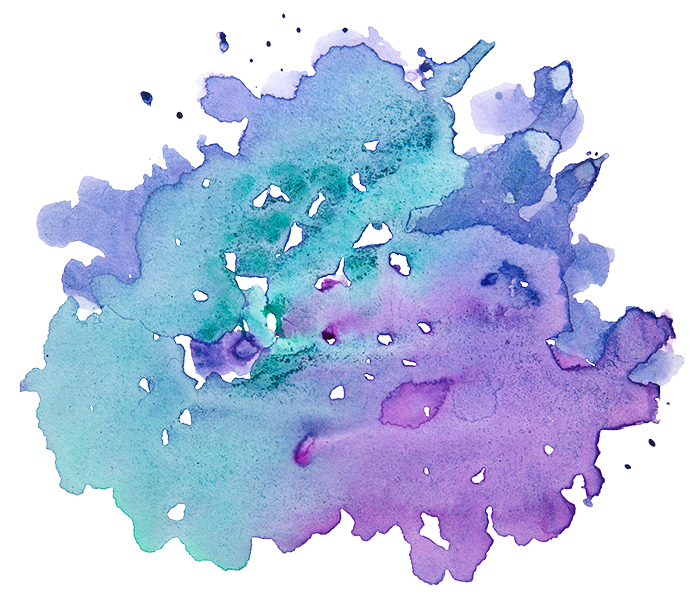The morning I went to the mikveh for my conversion to Judaism, I wrote about observance and wholeness. I reflected on what it meant to be embarking on this journey and the words that kept coming back to me were: “I am a Jewish woman. I will be a Jewish woman. I am ready to be a Jewish woman. I hope to be a Jewish woman. I am…”
My journey up until that point involved four major chapters: moments of hesitation, reality testing, embracing the unknown and unfamiliar and, finally, acceptance and excitement. Hesitation occurred when I didn’t know what would be required and whether I would be ready. Yet I always decided on move forward. I experienced moments of excitement because I could always sit in ambiguity, ask questions, be accepted, and welcomed. This made me feel the most comfortable and at home than I had ever felt in a tradition or religion. I found that things came more naturally to me then previously thought. This comfort gave me the desire to explore and learn more about Judaism, and ultimately to adopt what I learned.
Realty testing involved those who were not so excited for me, or people of our tribe not wanting me to join. Despite these negative responses, I continued to embrace Judaism. That is how I knew I was in love, because I still wanted to press forward—even in the face of adversity. There was this pull that would not let me turn away. Reality testing also involved making sure I was taking this journey on my own, and not just because my husband was going through the conversion process at the same time. It was not my husband that made me take this journey—I wanted this; I wanted every part of what came with being Jewish.
“I am a Jewish woman. I will be a Jewish woman. I am ready to be a Jewish woman. I hope to be a Jewish woman. I am…” These words continued to echo even after my conversion. I became a Jewish woman on that day, and it was wonderful, but there was more to come. Just after our conversions, we completed our Jewish wedding ceremony under the chuppah (Jewish wedding canopy). I felt so at home, so whole and full! But suddenly, I had new doubts. I began to compare myself to my husband: my Hebrew was not quite up to par as my husband’s, at least not during anxiety provoking moments. I didn’t quite know where I fit it, and was having identity crises. Do I wear a tallis (prayer shawl) as a woman? Do I study Torah? Do I go to the mikveh regularly?
What did it actually meant to be a Jewish woman? What did I want this to look like? So, I re-imagined my identity. I thought my identity was defined by the fact that I converted. It wasn’t until a friend from my synagogue mentioned that this so called “identity crisis” might actually be a part of all Jewish women’s struggle. I started reading Susannah Heschel’s On Being a Jewish Feminist; I spoke to my Rabbi and to many members of the community. I felt better.
Last week, I wore my tallis. A beautiful silk blue with an Etz Hayim (tree of life) on the back, reading Baruch Atah HaShem, Elokainu Melech Haolam, Asher Kideshanu B’mitzvotav V’tzivanu L’hitateif BaTzitzit: Blessed are You, God, Ruler of the universe, who has sanctified us with commandments, and commanded us to enwrap ourselves in tzitzit (ritual fringes). I have now arrived at excitement and am ready to embrace: I have embraced my struggle and my developing Jewish womanhood. I have accepted the honor of leading Rosh Chodesh (celebration of the new moon/new Hebrew month) at my shul (synagogue). I am continuing to read and discuss matters that many women face in discovering what it means to be a Jewish woman. I am practicing rituals, traditions, and commandments to discover my true Jewish identity. This feels natural, this feels true and right, and this is who I am. No longer an ellipsis, I am Tikvah Rut.
Nadia Womack/Tikvah Rut, was born in Concord, MA, but raised in Baltimore, Maryland. Though her immediate family is in Maryland and further south, Nadia came back to her birthplace to attend Lesley University, where she is a recent graduate of their Expressive Therapies masters program with a specialty in Mental Health Counseling. Nadia enjoys and engages clients in all forms of art including, but not limited to: dance, painting, theater/drama, poetry, drumming, singing and listening to music. Nadia runs groups across the age spectrum and for various needs. She facilitates groups and individual counseling at Arbour Counseling Services and Partial Hospital Program in Norwell, MA. Currently she runs a Dance/Movement group for Winchester Hospital/Orthopaedics Plus Pediatric Program. Nadia’s latest endeavor is supervision for Boston University/Louis D. Brown Peace Institute. On her spare time, which is rare, Nadia is going to the beach, hiking through the woods, learning to love books, and whenever possible, laughing with her husband of 4 years, Justin. Justin and Nadia are members of Temple Shalom in Medford, and graduates of the Jewish Discovery Institute.

